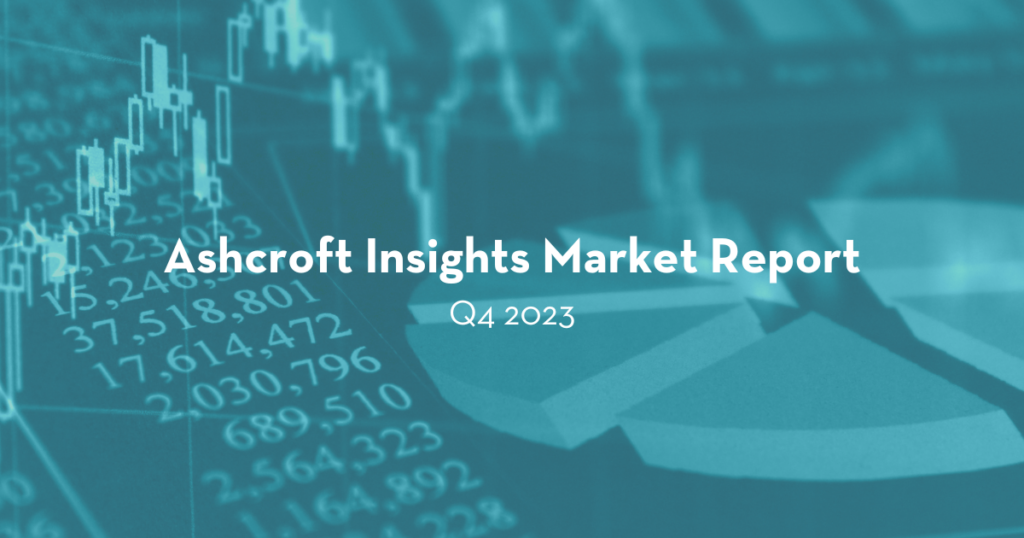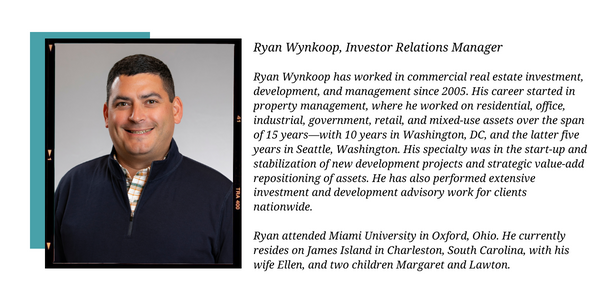November 21, 2023
By: Ryan Wynkoop, Investor Relations Manager
As Leaves Turn, So Does the Market: A Fall Overview
As we step into the fall of 2023, noticeable shifts in the multifamily sector were identified in our Q4 Real Estate Market Report. Traditionally, autumn marks a slowdown in apartment leasing, and this year is no exception. But the story doesn’t end there.
What’s adding a twist this year is the Federal Reserve’s aggressive stance on interest rates. In an unprecedented move, rates have been hiked eleven times over a brief period. This rapid shift has caught many in the market off guard, triggering a ripple effect that is reshaping the multifamily landscape.
This unexpected surge caught buyers and operators by surprise, setting the stage for a potentially significant increase in deal volume over the next 12 to 18 months due to distressed property listings.
The Long View: Housing Shortage and Market Resilience
Despite a potential short-term oversupply, a long-term housing shortage persists in the US. This ongoing issue, coupled with demographic trends, indicates sustained demand for multifamily housing.
On the sales front, there’s been a significant drop in annual deal volume, a 63% decline from the previous year, per MSCI.[1] Yet, investors remain optimistic about the multifamily asset class, viewing it as a stable investment even amid market fluctuations.
The Fed’s Bold Move and Its Ripple Effects
The Federal Reserve, in its quest to tame inflation, has taken bold steps, raising rates more than twice the earlier estimates. This aggressive approach has affected buyers and operators and will likely increase the volume of distressed property listings in the coming 12 to 18 months.
Such a significant market shift was not widely anticipated and is now a critical factor influencing future market dynamics. Well positioned funds, operators, and investors may find significant opportunity in the market as a result.
The Reality of Rents and the Economy
In the realm of rent inflation, while a cooldown is underway, rents are normalizing.
This trend is evident in the Consumer Price Index data, which is now reflecting a slowdown in housing costs. Interestingly, this change is a response to the data accumulated from the rent spike in 2022.
More than half the nearly $400 billion in commercial real estate loans due to mature in 2023 remains outstanding, according to MSCI Real Assets.
Combined with the nearly $500 billion set to mature in each of the next two years, “more than $1.2 trillion in commercial mortgages will be coming due in a challenging capital markets environment,” the MSCI Real Assets team wrote in the latest US Capital Trends report.[2]
Despite challenges, the multifamily market has shown resilience. Year-over-year, rents have increased modestly by about 1.5%. The employment market remains robust, adding 3.1 million jobs in the last year, keeping the unemployment rate at a relatively low 3.8%.[3]
However, the influx of new inventory is changing the dynamics, shifting from a renter’s market to a more competitive environment for property owners.
The Dilemma of Refinancing and Selling
In today’s economic climate, multifamily loan maturity presents a dilemma: to refinance or repay? For multifamily property owners, this poses a tricky situation.
With interest rates soaring, refinancing options have become less attractive, especially when a property’s cash flow isn’t sufficient to support higher interest payments.
This challenge is further compounded by the fact that selling properties isn’t as lucrative as it used to be. The rising cost of debt combined with uncertain economic conditions means potential buyers are less willing to pay a premium.
This scenario is a stark contrast to the market dynamics a few years back.
Ashcroft Capital’s Defensive Play
In response to these market changes, Ashcroft Capital is adopting a defensive stance. Our strategy focuses on refinancing properties with adequate equity and acquiring new properties with low leverage.
We’re also emphasizing fixed-rate debt to shield against rising rates and underwriting for a potential market softening in the future. The goal of this conservative approach is to preserve investor equity and navigate the market’s evolving landscape.
Conclusion: Steady Amid the Storm
As 2023 progresses, the multifamily market continues to navigate these challenges.
Although the Federal Reserve’s monetary tightening cycle is nearing its end, the multifamily sector demonstrates steady growth and resilience. The strong labor market and moderating inflation growth are positive indicators for the market’s future.
Looking ahead, the multifamily market is poised for continued growth, buoyed by the ongoing housing shortage and the increasing cost gap between owning and renting.
Explore the complete Q4 Real Estate Market Report for further details on these trending topics.
Sources:
- “Commercial Market Snapshot Q3 2023” Old Republic Title, September 6 2023. https://www.oldrepublictitle.com/blog/commercial-snapshot-q3-2023/#:~:text=Compared%20to%20a%20year%20ago,pre-pandemic%20or%20above%20levels.
- Stribling, Dees. “Wall Of Multifamily Maturities Dead Ahead: $4B In October Alone.” BISNOW. June 28, 2023. https://www.bisnow.com/national/news/multifamily/wall-of-multifamily-maturities-dead-ahead-more-than-4b-in-october-alone-119584
- “Apartment List National Rent Report” Apartment List. October 30, 2023. https://www.apartmentlist.com/research/national-rent-data





